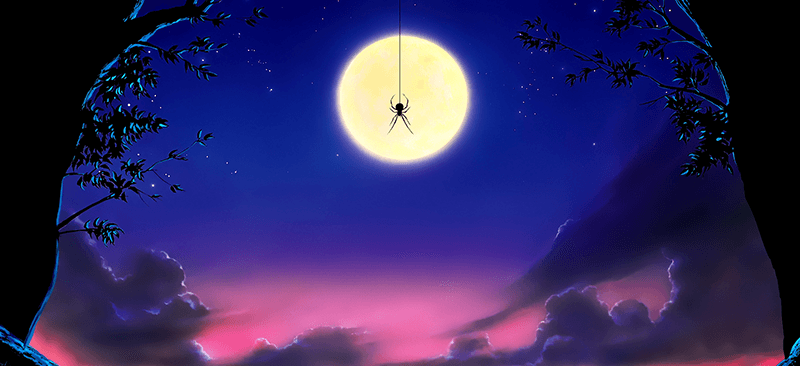
There are some films that just get under your skin and make you itch. A movie that, as it plays out before you, you start to notice every little brush, tickle, prick, pinch, and the aforementioned itch that your epidermis registers, as a psychosomatic response to the images your eyes have witnessed…
…Arachnophobia is that film.
Walt Disney Studios had wanted for some time to start a new sub-studio. Previous releases in the late-seventies and early-eighties such as The Watcher In Woods and The Black Hole were PG-rated affairs that, while family friendly, were rather uncomfortable to studio executives to bear the Walt Disney branding (Watcher going so far into its adverts to stress that the film was NOT for young children due to the suspense and potentially scary nature of the story). Hence the creation of Touchstone Pictures in 1984 – a Label that would include Disney films with a more adult-oriented tone, with the Darryl Hannah and Tom Hank’s mermaid comedy-fantasy Splash as its debut-film.
It was decided that a new label would be needed in the late-eighties as the studio-design began to shift again, with Walt Disney Pictures carrying films rated G to PG and Touchstone handling pictures PG to PG-13. While there had been some R-rated fare in Touchstone’s library at the time, it was decided that the new label would carry the films ranging from PG-13 to R, and thus, Hollywood Pictures was born.
Under the auspices of Steven Spielberg and his production company, Amblin Entertainment, Hollywood Pictures debuted in the summer of 1990 with Arachnophobia.
Helmed by Amblin producer and longtime Spielberg associate Frank Marshall in his inaugural debut as a film director, Arachnophobia was, unique for its time, a creature feature that dipped it’s toes in both comedy AND horror, billing itself in the advertisements as a “Thrill-omedy.”
The story is simple, linear and successfully carries its weight between genres.
Dr. Ross Jennings, a General Practitioner (Jeff Daniels) and his family relocate to the quaint, small Californian country town of Canaima to escape the urban-stresses of San Francisco…
Their timing is unfortunate as simultaneously, the body of deceased Photographer Jerry Manley (Mark L. Taylor) has just arrived from South America, the log-coffin carrying the large, eight-legged murderer in the form of an extremely venomous new species of tropical spider.
The arachnid leaves the mortuary in a series of comedic events with several animals who, in typical movie fashion, sense the danger far before any of the human cast do, winding up in the barn of Dr. Jennings and mating with a House Spider that Jennings’ wife relocated during their unpacking.
Did I mention Jennings is utterly and absolutely scared of spiders?
Unbeknownst to everyone, the two spiders turn out to be compatible and churn out hundreds of offspring that act as soldier drones, fanning out across the town, creating outbreak of deaths due to their extremely potent venom and acting as mini-serial killers in a creature-feature whodunit.
When it’s discovered that the culprits are arthropods, the Arachnologist whose expedition the photographer was killed on, Dr. Atherton (played by subtly-sinister Julian Sands), arrives to lend his expertise…
…along with the dim-witted Pest Exterminator Delbert McClintock (John Goodman) to try and stop the infestation before the spiders manage to expand and decimate the population, no longer contained by the geologic sinkhole they were discovered in.
Production, at first, was very progressive, with Marshall wanting to utilize nothing but mechanical spiders. It was a meeting with Hollywood Entomologists and Creature Wranglers Steven Kutcher and Jules Sylvester that convinced Marshall to use real spiders for a majority of the film.
The drone / soldier spiders were played by the New Zealand Avondale Spiders, a small, harmless but gnarly-looking breed, while the large, Venezuelan General was played by a South American Goliath Bird-Eating Spider (the largest of the Tarantula family), affectionately named by the cast and crew “Big Bob.”
For scenes involving non-moving, to-be-killed or dead spiders, carcasses of ones who died of natural causes.
Jamie Hyneman (Mythbusters fame) built the mechanical spider that menaces Jennings in the film’s climax.
On viewing it 26 years later, the film still holds up incredibly well!
One of the reasons being that the live spiders add so much to the tension and suspense. The film is STUFFED chock-full of moments that will make you cringe and constantly brush your skin at the sight of all the close encounters!
In the final act, the entire house is “alive” as the spiders swarm, scurrying all over the walls, windows and furniture, forcing the Jennings upstairs…
…into the bathroom and giving us one of the most memorable scenes from the film, used heavily in all the television commercials.
Much like “Twister” that would come six years later, Arachnophobia has all the elements of the Amblin-style of specific-disaster film.
It uses every fright-gag in the book, but it uses them well and sparingly. The jokes are timed with precision and it never comes across as camp nor does it seem intentional. The humor is very genuine and organic and the product of a fine cast of character actors, many of whom you’ve seen in other Amblin productions.
Also, there is a wonderful score that wraps the film up end-to-end by composer Trevor Jones, this being his first full orchestral ensemble since 1986’s “Labyrinth.” The main title is easily my favorite piece as it blends adventurous-excitement along with ominous, foreboding elements including a pan flute harmony layered throughout in a nod to its South American arachnid antagonist.
If you’ve never seen it, you owe it to yourself to watch it, even just once if you’re a fellow Arachnophobe like myself. If it’s been a little while since you’ve seen it, it’s definitely time to revisit it.
You may not conquer your fear of spiders, but, I can’t think of a better way to negatively reinforce it.
PS – What happened to the artwork?
For YEARS since release, the film’s artwork (showcasing a lone spider descending a silk thread into view of a full moon) has been altered and the spider removed!
WHERE’D THE SPIDER GO?!



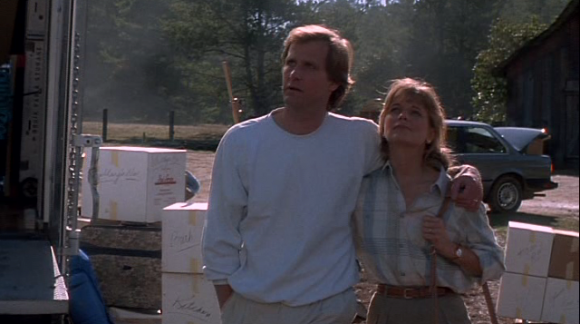
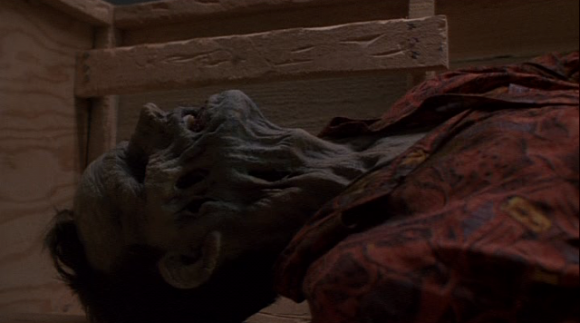
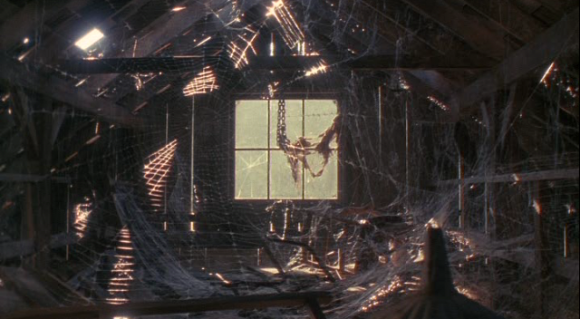
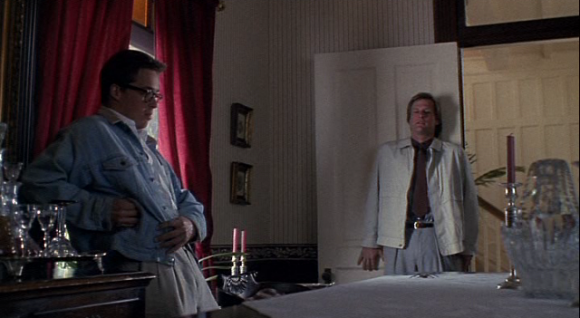
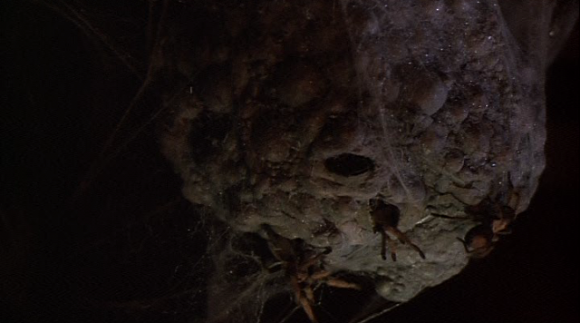
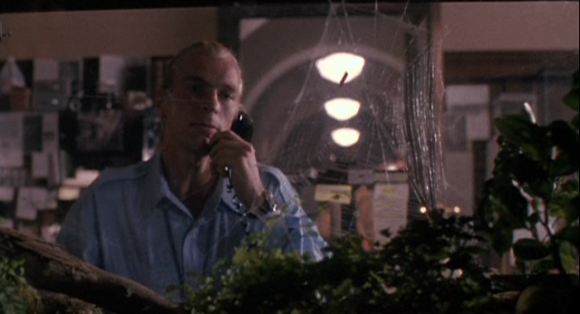
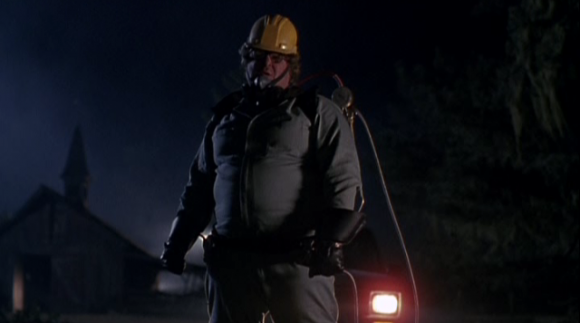
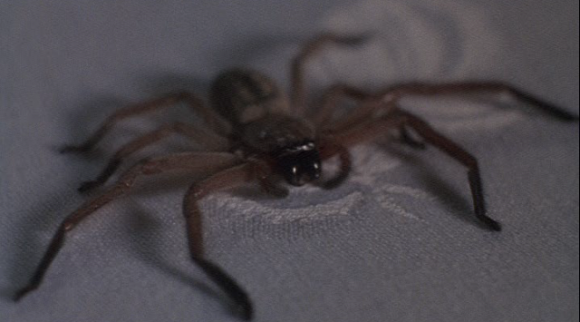
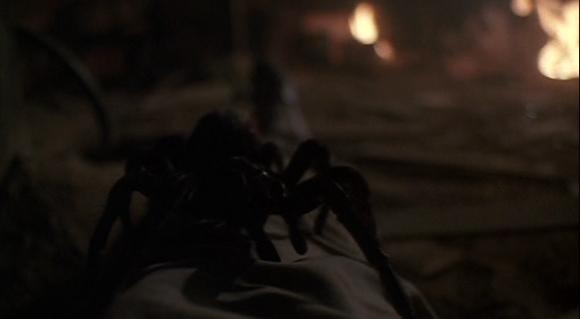
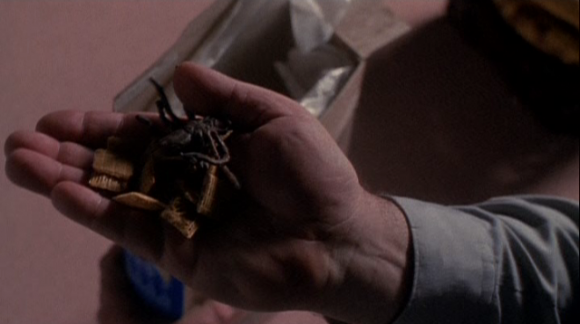
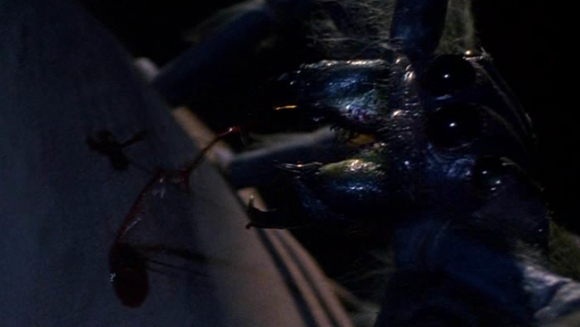
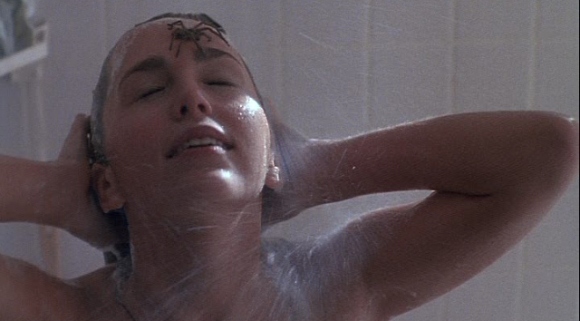
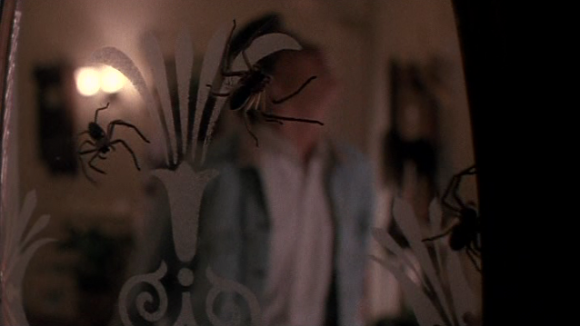
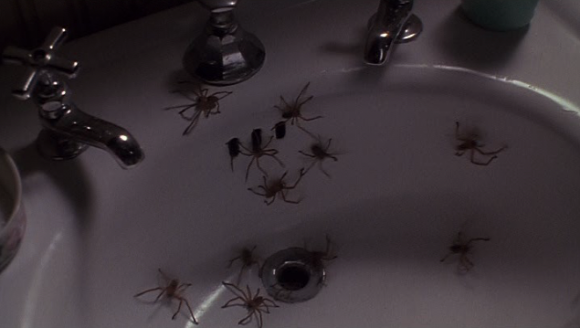
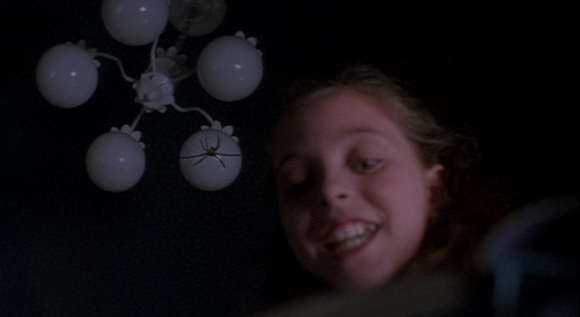
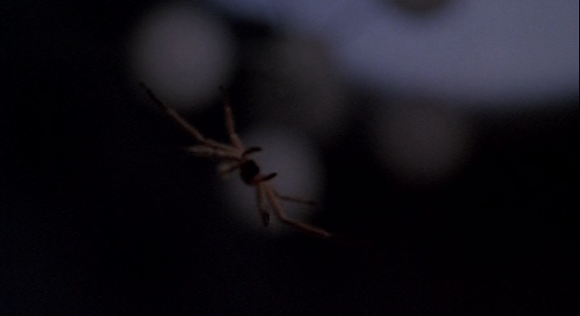
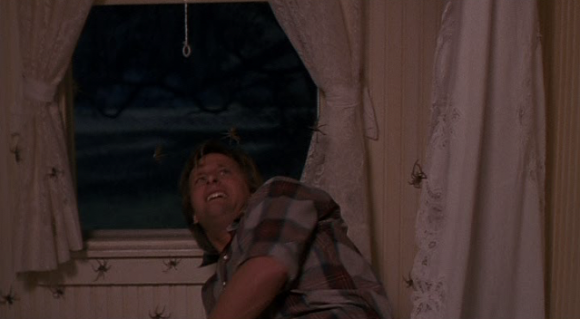
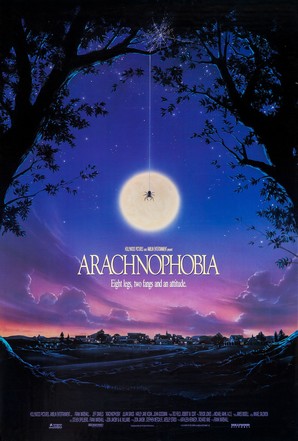
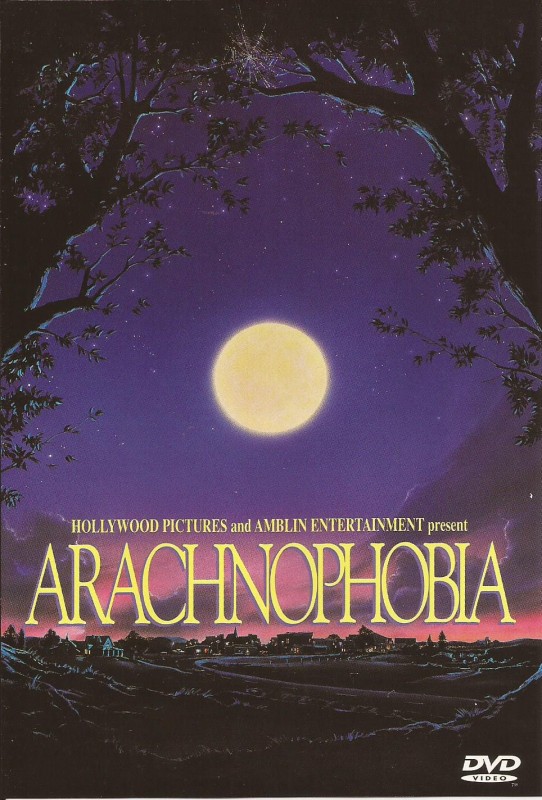
I suppose you have a better thought on the subject?